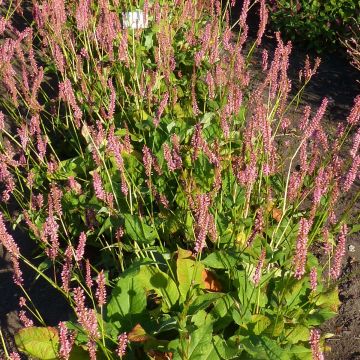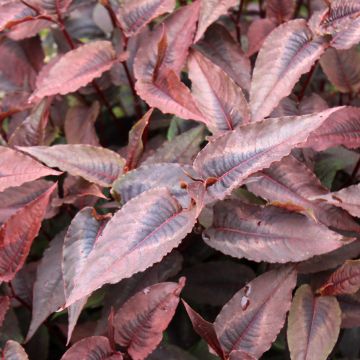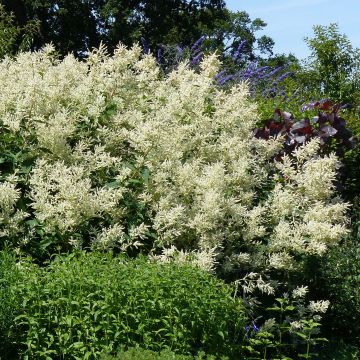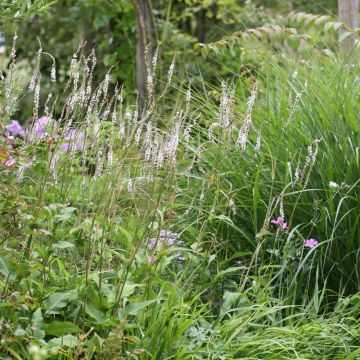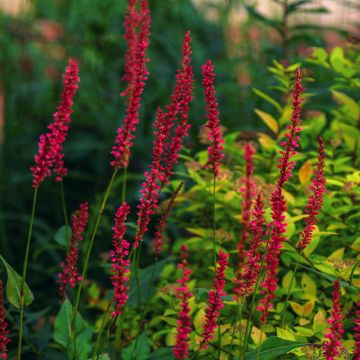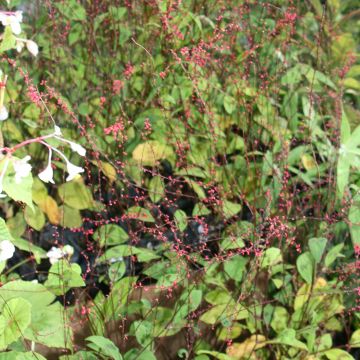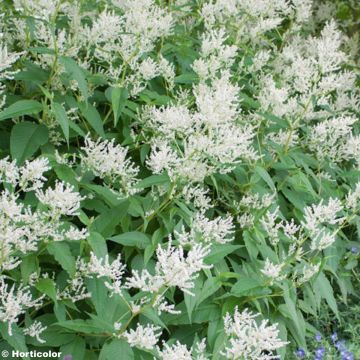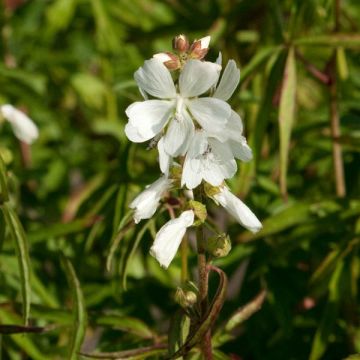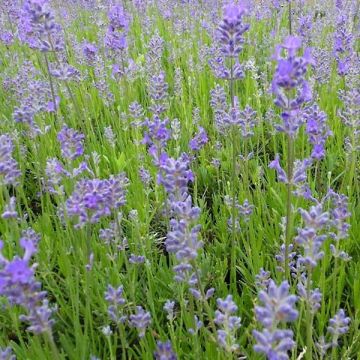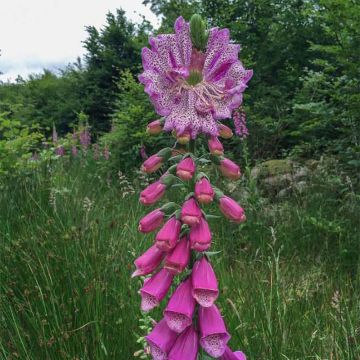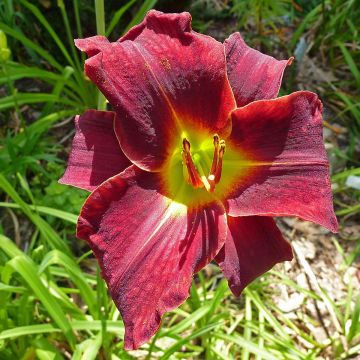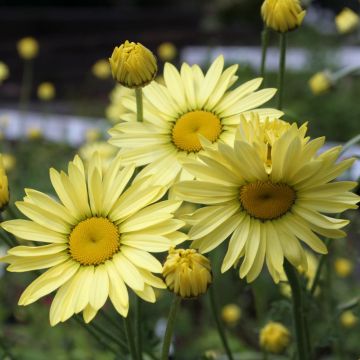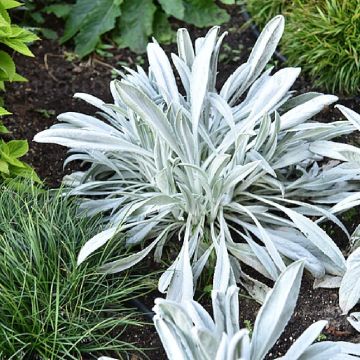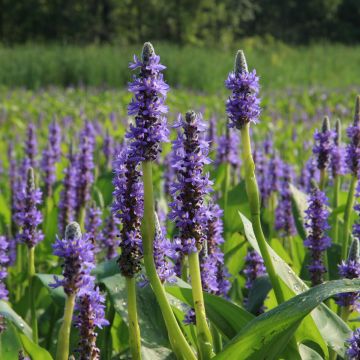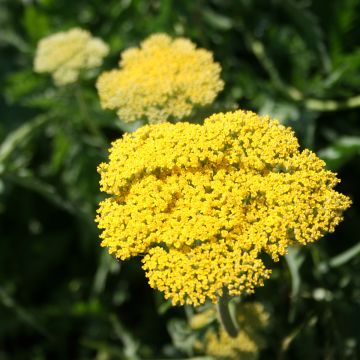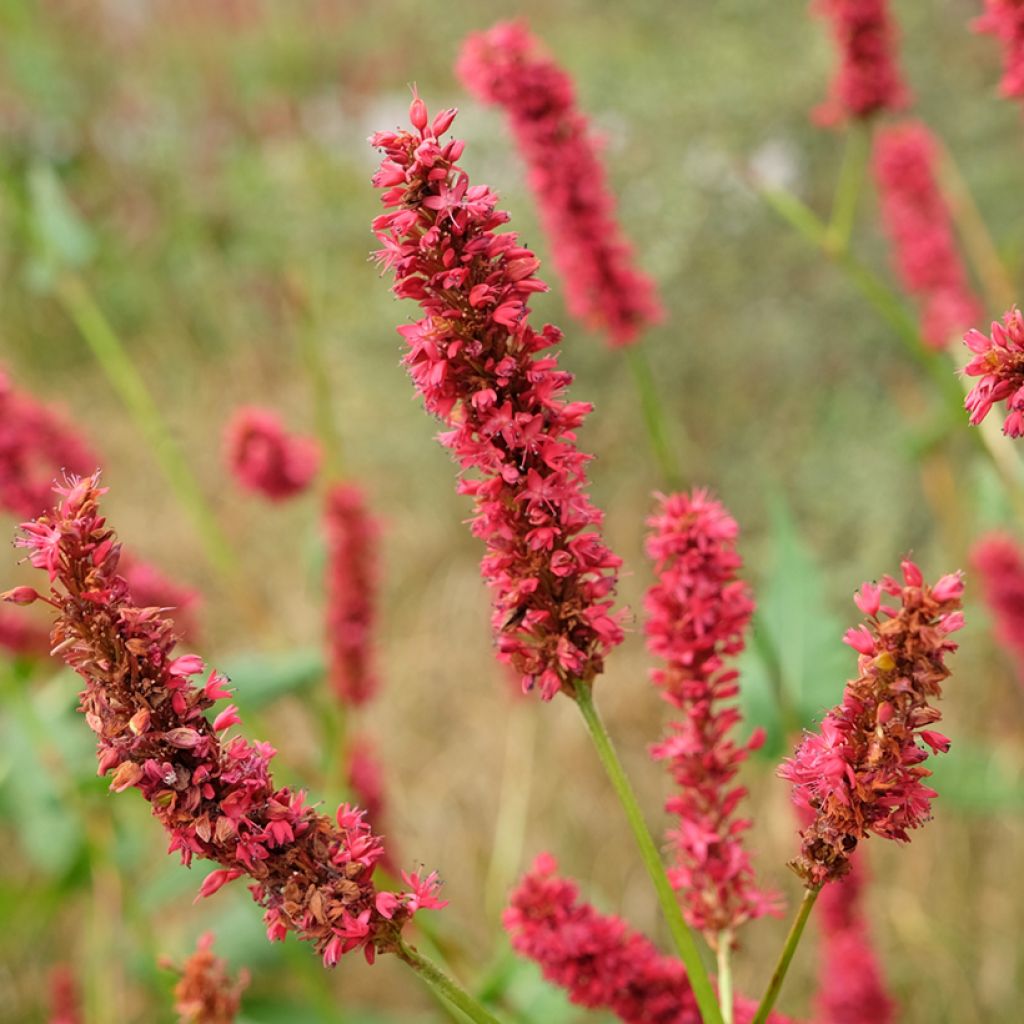

Persicaria amplexicaulis Fat Domino - Mountain Fleece
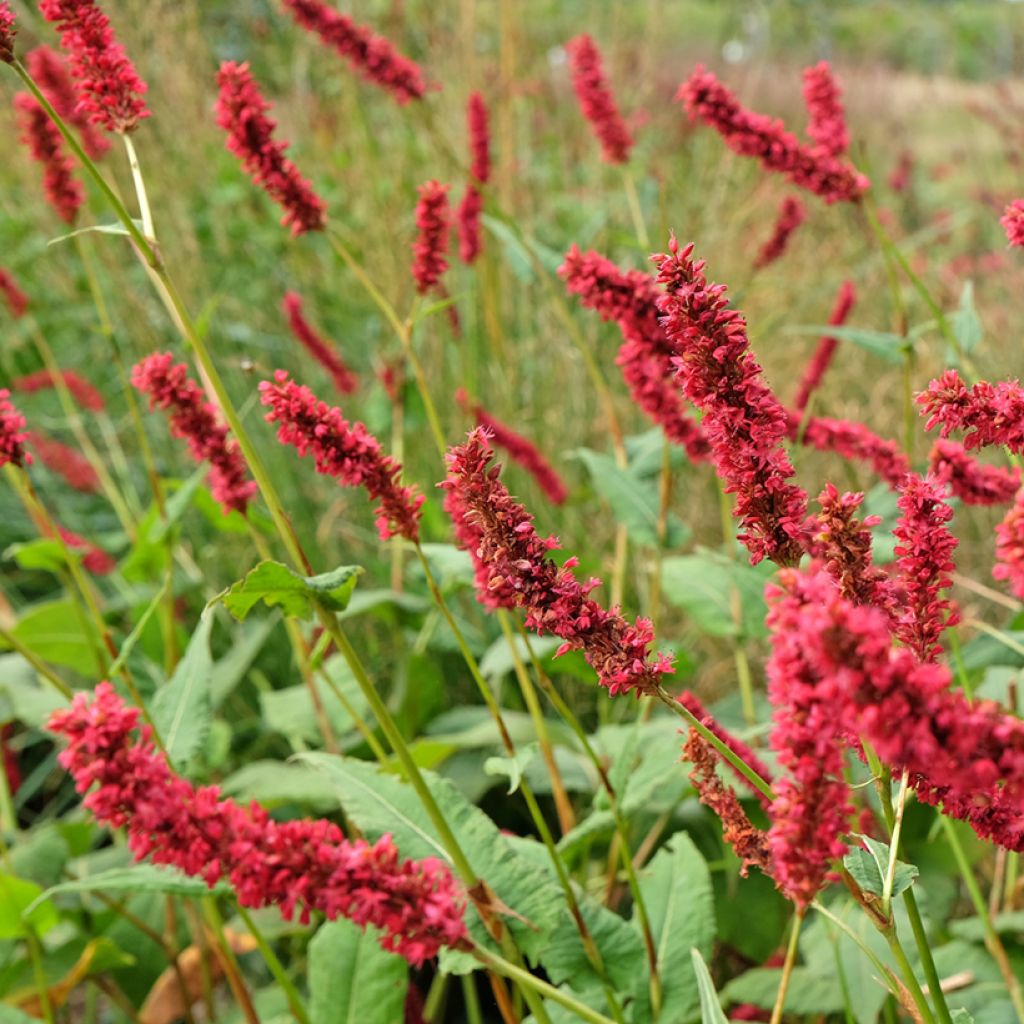

Persicaria amplexicaulis Fat Domino - Mountain Fleece
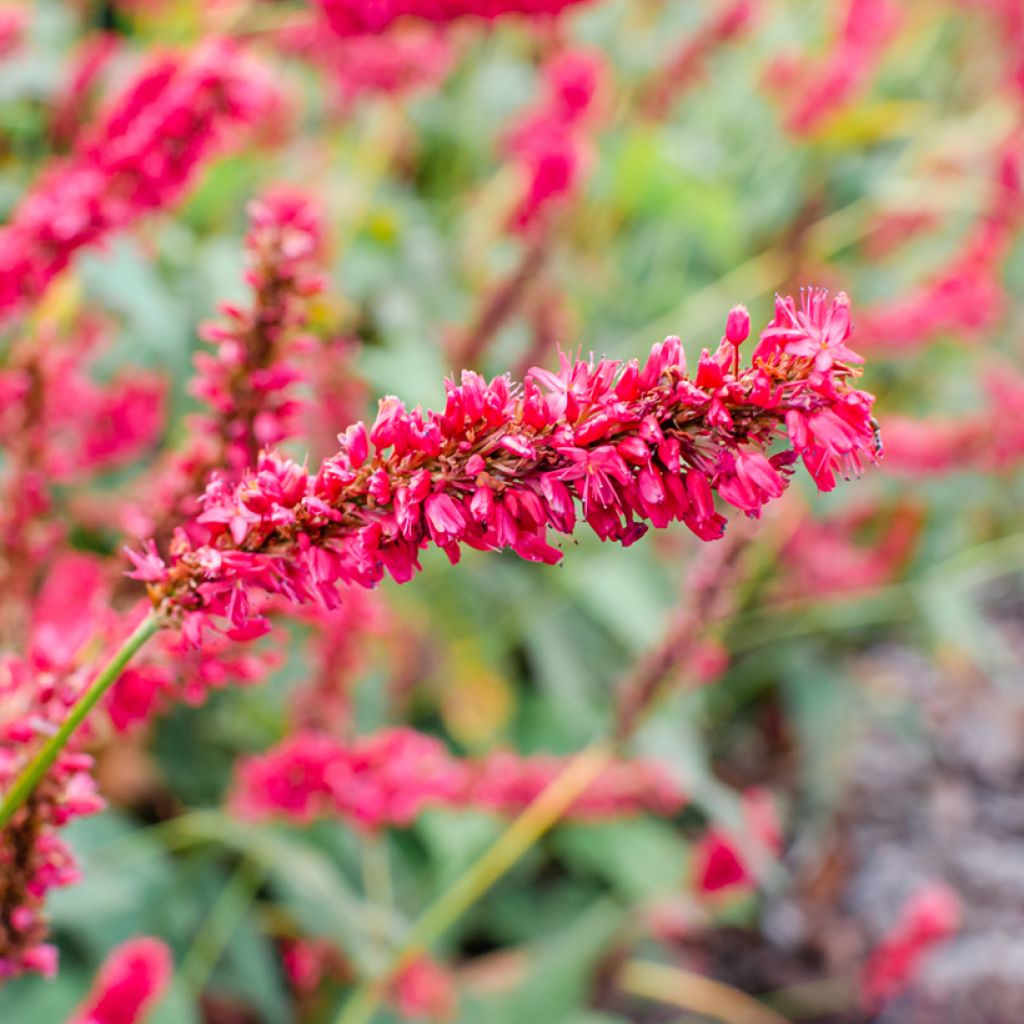

Persicaria amplexicaulis Fat Domino - Mountain Fleece
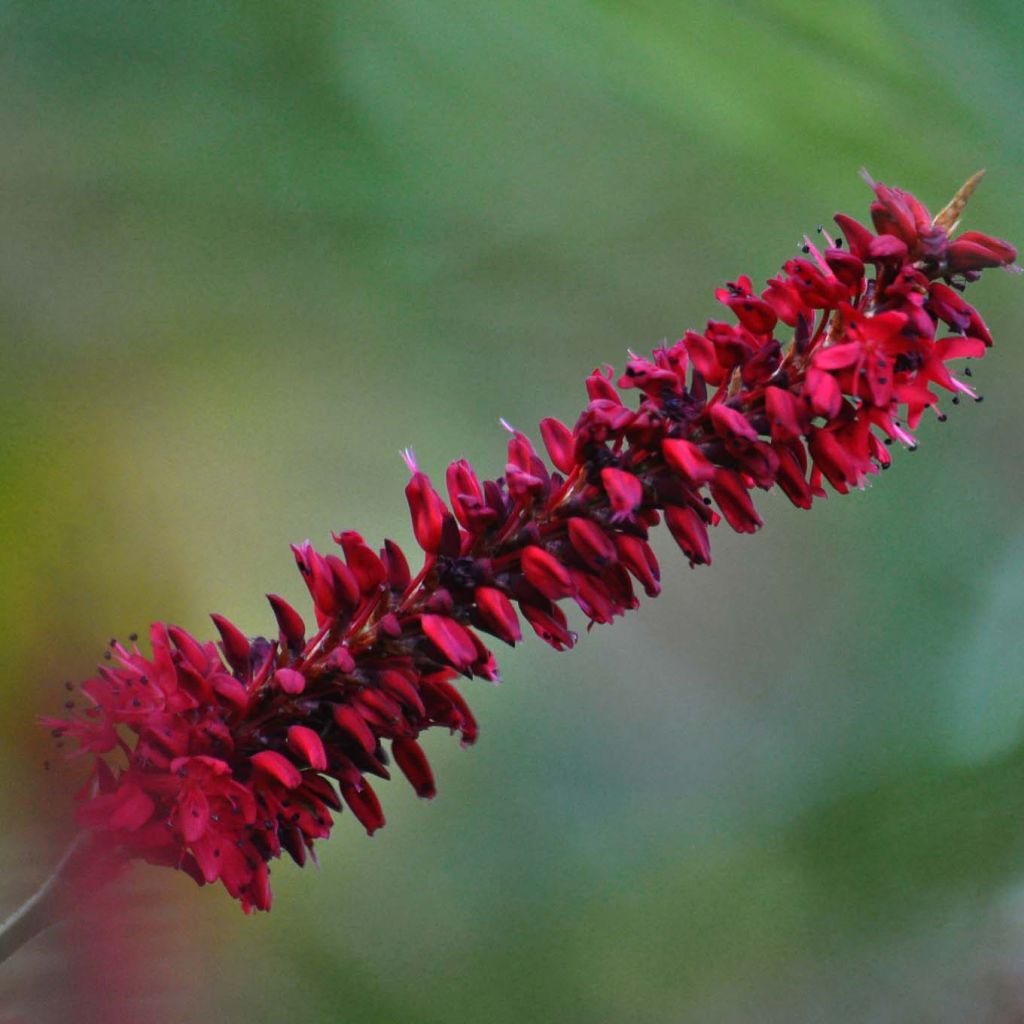

Persicaria amplexicaulis Fat Domino - Mountain Fleece
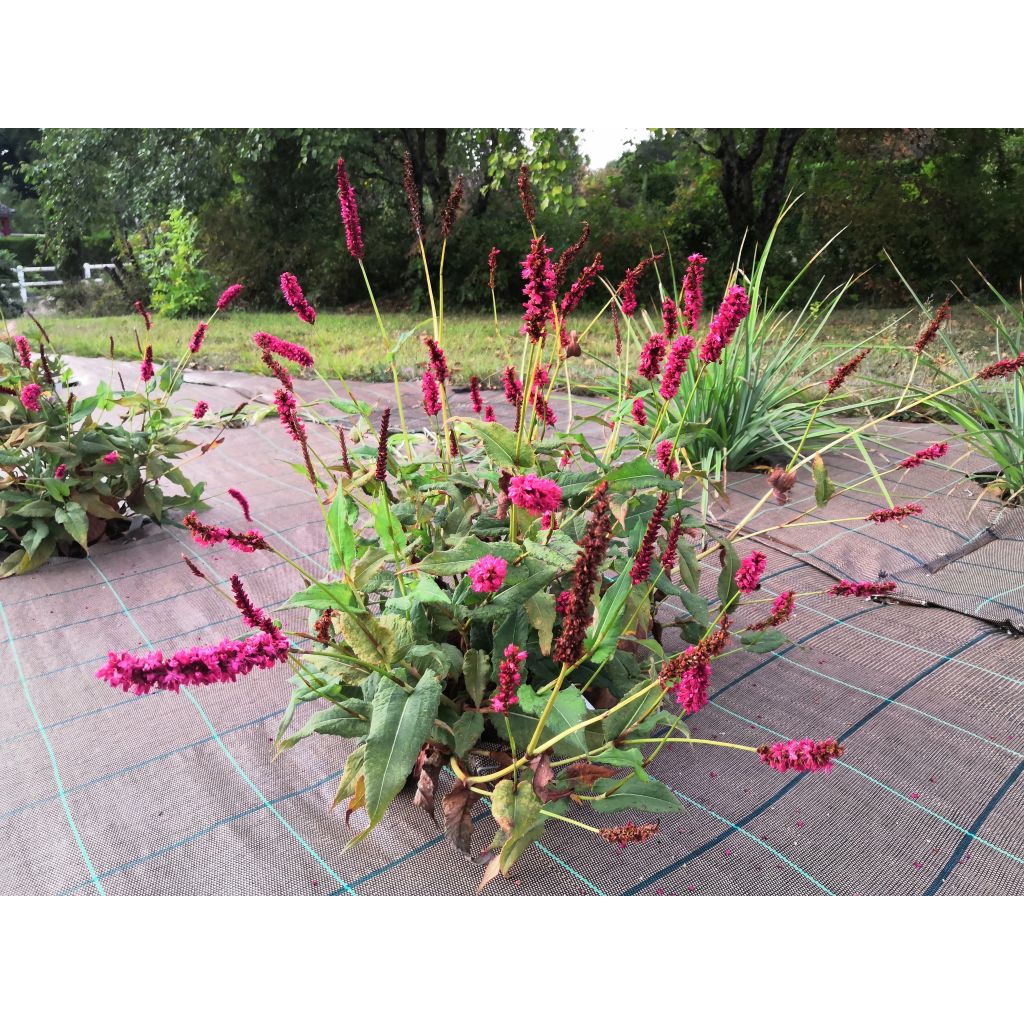

Persicaria amplexicaulis Fat Domino - Mountain Fleece
Persicaria amplexicaulis Fat Domino - Mountain Fleece
Persicaria amplexicaulis Fat Domino
Red Bistort, Mountain Fleece
This item cannot be shipped to the selected country
Delivery charge from €5.90
More information
Schedule delivery date,
and select date in basket
This plant carries a 12 months recovery warranty
More information
We guarantee the quality of our plants for a full growing cycle, and will replace at our expense any plant that fails to recover under normal climatic and planting conditions.
From €5.90 for pickup delivery and €6.90 for home delivery
Express home delivery from €8.90.
Does this plant fit my garden?
Set up your Plantfit profile →
Description
Persicaria amplexicaulis 'Fat Domino' is a large perennial with vibrant and deep colours. Its multiple spikes continuously bloom throughout the summer until mid-autumn, flooding the flower beds with a carmine red. Preferring moist to wet soils, it thrives in full sun or partial shade, creating beautiful and wild voluminous flower beds thanks to its deciduous heart-shaped leaves.
Belonging to the family of Polygonaceae, Persicaria amplexicaulis gets part of its name from the shape of its leaves. They are indeed called amplexicaule: which means stem-clasping or sheathing. Their base actually surrounds the stem on which they are attached. Green and deciduous, they are also lanceolate and cordate (heart-shaped) and turn red in autumn. Numerous, wide, and of medium size (around 15 cm (6in)), they expand in flower beds and quickly add volume. The stems that bear them end with slender spikes made up of multiple small bell-shaped flowers tightly packed together. Those of 'Fat Domino' are like jewels. Starting as carmine red buds, they bloom to reveal a beautiful raspberry hue. This hardy perennial loves water and requires no special care. If the soil is rich, its rhizomatous roots will colonize the surrounding areas and it will easily reach 1 metre (3 feet) in all directions in a few years.
The dense and erect clump of 'Fat Domino' enhances the edges of ponds and adds colour to partially shaded areas. Depending on the available space, it can be placed in the background or intermingled with natural summer accents, such as grasses, whose colours harmonize well with it. Its shades of red allow it to find many companions in our 'white, pink, purple' or 'red and black' inspirations.
Report an error about the product description
Persicaria amplexicaulis Fat Domino - Mountain Fleece in pictures


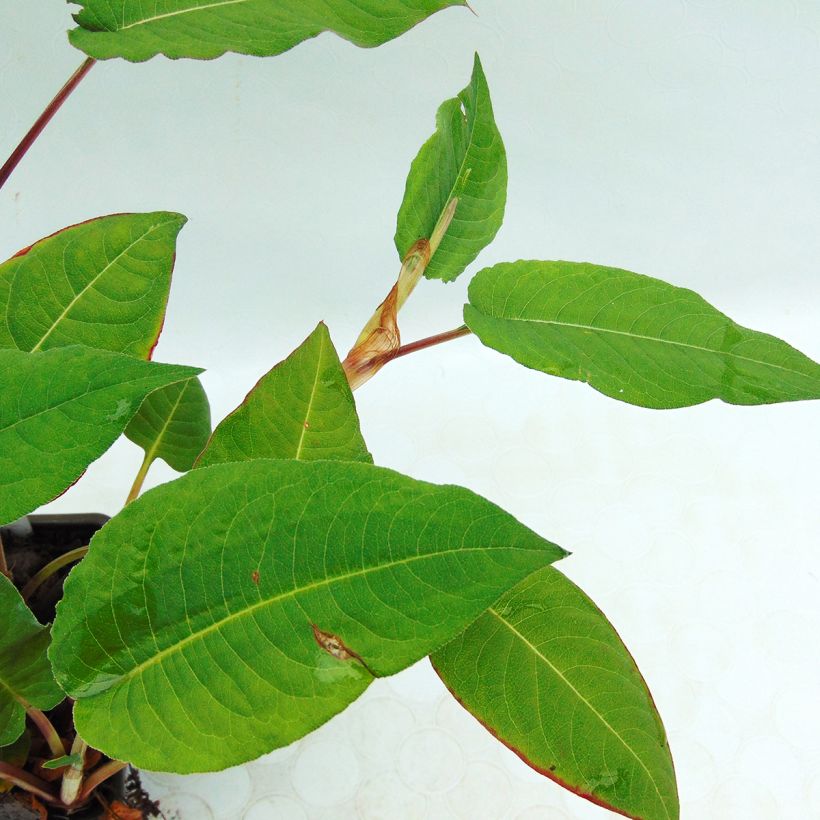

Flowering
Foliage
Plant habit
Botanical data
Persicaria
amplexicaulis
Fat Domino
Polygonaceae
Red Bistort, Mountain Fleece
Cultivar or hybrid
Other Persicaria
Planting and care
The 'Fat Domino' Knotweed or Persicaria amplexicaulis is an easy and hardy perennial. You can plant it in spring or autumn in full sun or partial shade. It prefers moist to wet and rich soils. If you are concerned about intense heat and drought, make sure to water it during planting, mulch the base, or deeply work the soil so that it can find the moisture it needs. It will thrive near bodies of water or at the edge of woodlands and is not afraid of cold and wet winters. Under certain climates, its foliage may even be semi-evergreen. Its maintenance is limited to removing faded or dry stems during the growing season or at the end of winter depending on the aesthetic you desire.
Planting period
Intended location
Care
-
, onOrder confirmed
Reply from on Promesse de fleurs
Summer flowering perennials
Haven't found what you were looking for?
Hardiness is the lowest winter temperature a plant can endure without suffering serious damage or even dying. However, hardiness is affected by location (a sheltered area, such as a patio), protection (winter cover) and soil type (hardiness is improved by well-drained soil).

Photo Sharing Terms & Conditions
In order to encourage gardeners to interact and share their experiences, Promesse de fleurs offers various media enabling content to be uploaded onto its Site - in particular via the ‘Photo sharing’ module.
The User agrees to refrain from:
- Posting any content that is illegal, prejudicial, insulting, racist, inciteful to hatred, revisionist, contrary to public decency, that infringes on privacy or on the privacy rights of third parties, in particular the publicity rights of persons and goods, intellectual property rights, or the right to privacy.
- Submitting content on behalf of a third party;
- Impersonate the identity of a third party and/or publish any personal information about a third party;
In general, the User undertakes to refrain from any unethical behaviour.
All Content (in particular text, comments, files, images, photos, videos, creative works, etc.), which may be subject to property or intellectual property rights, image or other private rights, shall remain the property of the User, subject to the limited rights granted by the terms of the licence granted by Promesse de fleurs as stated below. Users are at liberty to publish or not to publish such Content on the Site, notably via the ‘Photo Sharing’ facility, and accept that this Content shall be made public and freely accessible, notably on the Internet.
Users further acknowledge, undertake to have ,and guarantee that they hold all necessary rights and permissions to publish such material on the Site, in particular with regard to the legislation in force pertaining to any privacy, property, intellectual property, image, or contractual rights, or rights of any other nature. By publishing such Content on the Site, Users acknowledge accepting full liability as publishers of the Content within the meaning of the law, and grant Promesse de fleurs, free of charge, an inclusive, worldwide licence for the said Content for the entire duration of its publication, including all reproduction, representation, up/downloading, displaying, performing, transmission, and storage rights.
Users also grant permission for their name to be linked to the Content and accept that this link may not always be made available.
By engaging in posting material, Users consent to their Content becoming automatically accessible on the Internet, in particular on other sites and/or blogs and/or web pages of the Promesse de fleurs site, including in particular social pages and the Promesse de fleurs catalogue.
Users may secure the removal of entrusted content free of charge by issuing a simple request via our contact form.
The flowering period indicated on our website applies to countries and regions located in USDA zone 8 (France, the United Kingdom, Ireland, the Netherlands, etc.)
It will vary according to where you live:
- In zones 9 to 10 (Italy, Spain, Greece, etc.), flowering will occur about 2 to 4 weeks earlier.
- In zones 6 to 7 (Germany, Poland, Slovenia, and lower mountainous regions), flowering will be delayed by 2 to 3 weeks.
- In zone 5 (Central Europe, Scandinavia), blooming will be delayed by 3 to 5 weeks.
In temperate climates, pruning of spring-flowering shrubs (forsythia, spireas, etc.) should be done just after flowering.
Pruning of summer-flowering shrubs (Indian Lilac, Perovskia, etc.) can be done in winter or spring.
In cold regions as well as with frost-sensitive plants, avoid pruning too early when severe frosts may still occur.
The planting period indicated on our website applies to countries and regions located in USDA zone 8 (France, United Kingdom, Ireland, Netherlands).
It will vary according to where you live:
- In Mediterranean zones (Marseille, Madrid, Milan, etc.), autumn and winter are the best planting periods.
- In continental zones (Strasbourg, Munich, Vienna, etc.), delay planting by 2 to 3 weeks in spring and bring it forward by 2 to 4 weeks in autumn.
- In mountainous regions (the Alps, Pyrenees, Carpathians, etc.), it is best to plant in late spring (May-June) or late summer (August-September).
The harvesting period indicated on our website applies to countries and regions in USDA zone 8 (France, England, Ireland, the Netherlands).
In colder areas (Scandinavia, Poland, Austria...) fruit and vegetable harvests are likely to be delayed by 3-4 weeks.
In warmer areas (Italy, Spain, Greece, etc.), harvesting will probably take place earlier, depending on weather conditions.
The sowing periods indicated on our website apply to countries and regions within USDA Zone 8 (France, UK, Ireland, Netherlands).
In colder areas (Scandinavia, Poland, Austria...), delay any outdoor sowing by 3-4 weeks, or sow under glass.
In warmer climes (Italy, Spain, Greece, etc.), bring outdoor sowing forward by a few weeks.

































